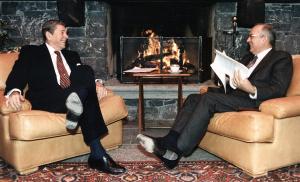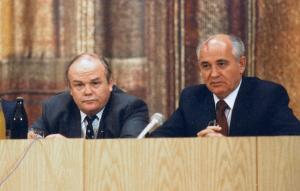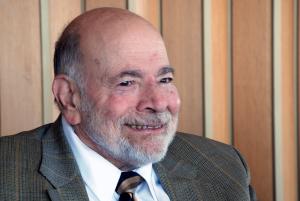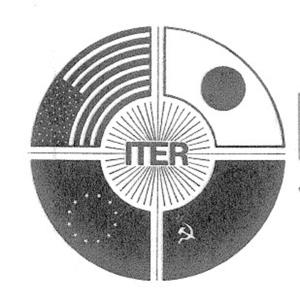Conceived in Geneva, born in Reykjavik, baptized in Vienna
It was the last item in a long list that ranged from the strategic ("a nuclear war cannot be won and must never be fought") to the trivial ("increased television coverage of sports events"). But it was an item that, in the long term, held the potential to change the course of civilization.
Issued on 21 November 1985, the Joint Soviet-United States statement on the Summit Meeting in Geneva contained 13 points. The last one stated that Secretary General Mikhail Gorbachev and President Ronald Reagan "emphasized the potential importance of the work aimed at utilizing controlled thermonuclear fusion for peaceful purposes and, in this connection, advocated the widest practicable development of international cooperation in obtaining this source of energy, which is essentially inexhaustible, for the benefit of all mankind."
In the fall of 1985, the opening move came from the Soviets. A few months into the job of General Secretary, Mikhail Gorbachev needed to ease his country out of the tensions and costs of the Cold War. Advocating a large collaboration in a scientific field that had no military implications was one of the tools he intended to use.
In the US, the fusion community was also at work. Charles Newstead, a fusion physicist and one of the US State Department officials involved in the pre-Geneva negotiations, remembered in a 2009 interview in Newsline how difficult it was to convince reluctant members in the Reagan administration that accepting Gorbachev's proposal was not, as they feared, "giving the Russians the secret of 'Star Wars'" (a nickname for the Strategic Defense Initiative, a proposed orbital missile system to protect the United States from attack by ballistic nuclear weapons).





